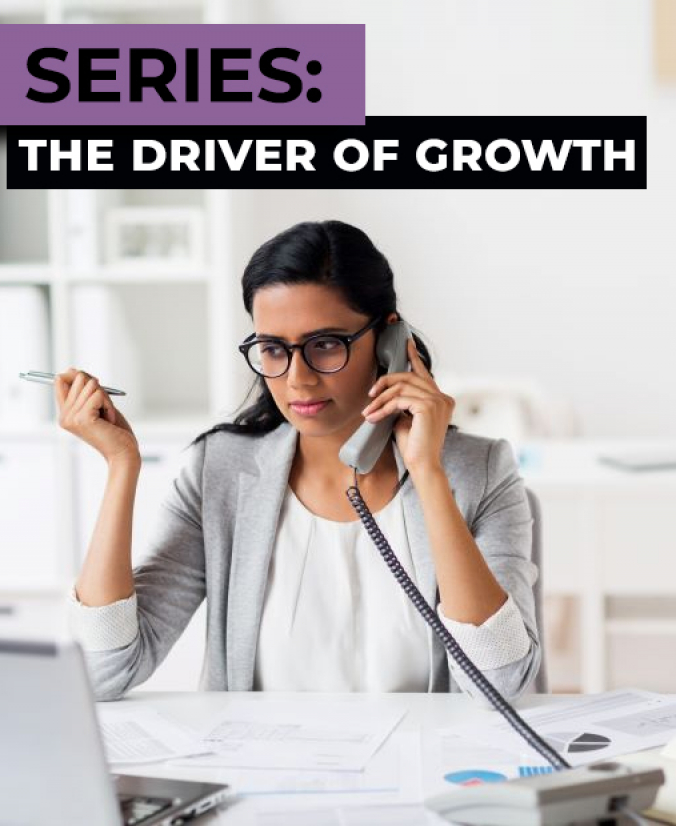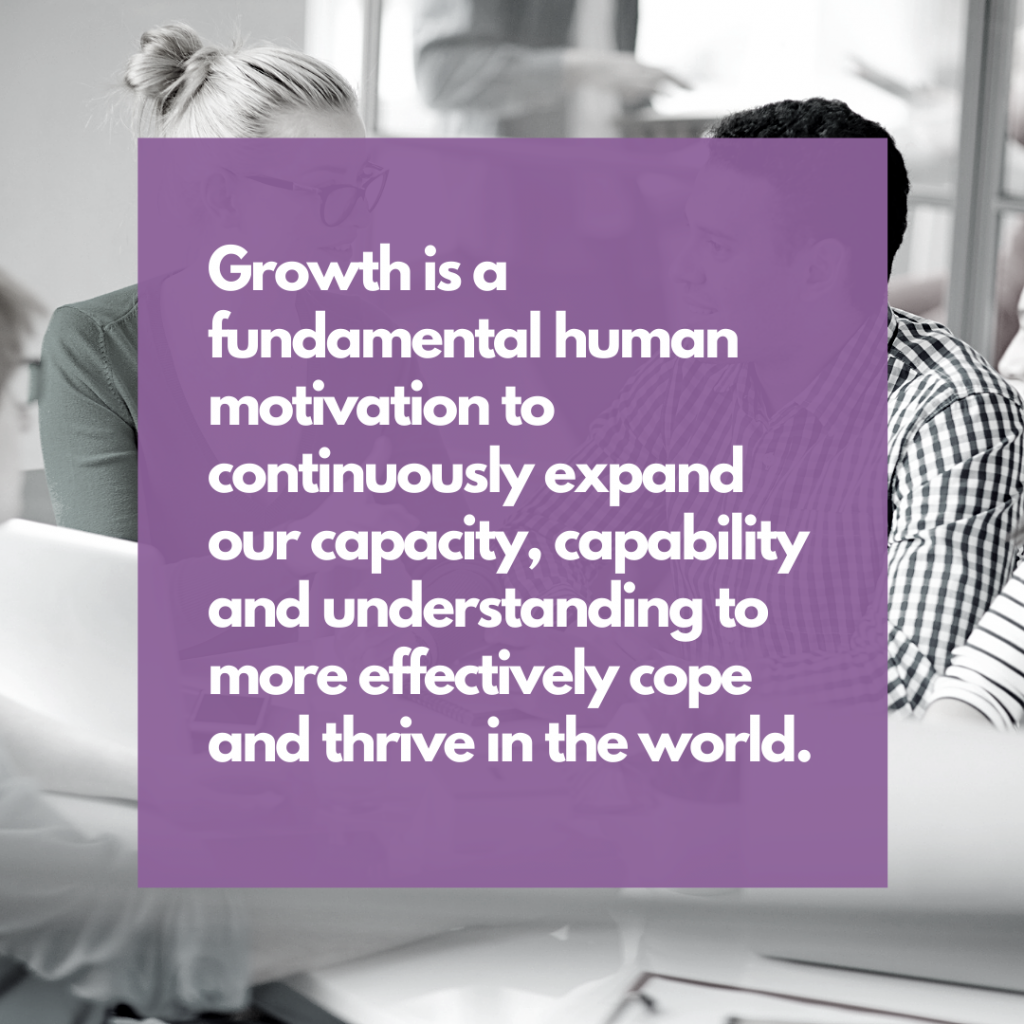You just got the call you were dreading. Your top CRM consultant, Jay, is leaving to go to a bigger consulting firm. Jay’s skill set is in high demand and you were aware that he was constantly getting calls and offers from recruiters. You’ve been proactive in rewarding him with frequent pay increases, and you’ve given him the flexible schedule and remote work environment that he asked for. You’ve kept an open line of communication, checking in to make sure he was happy in his role at your company. But now this. It’s going to be so hard to replace him. At Jay’s exit interview, he explained that you didn’t do anything wrong, but the bigger firm has a training program and structured mentorships. He believes these offerings will help him grow and expand his skill set, letting him learn from other pros in his field, and making him more valuable over the long haul. He’s not wrong.
Growth. For the smartest top performers on a team, it’s the driver that really matters. They KNOW how valuable they are in today’s job market and what they really want is to keep getting better at what they do. But how can you give your people this opportunity to grow, especially in a smaller company?
In our last blog, we introduced you to four fundamental human drivers, what we call the “drivers” – growth, belonging, connection and identity. As a leader, you can see how your people are motivated to fulfill these needs, so you’ll want to design your organization’s culture to meet these inherent needs. Let’s start with our first driver, which we call growth.
What is the Definition of Growth?
We define the driver of Growth as: a fundamental human motivation to continuously expand our capacity, capability and understanding to more effectively cope and thrive in the world.
From an evolutionary perspective, our ability to grow and learn enabled us to survive in our environments. Growth enabled us to develop new tools and ways to cope in the world to increase our ability to provide for our children.
In Maslow’s hierarchy of needs, growth is best captured at the self-actualization level, which means it fulfills us from a spiritual sense. From the perspective of the Basic Psychological Need Theory, growth is best represented in competence, which refers to effectiveness and achieving mastery to avoid feeling helpless.
Humans are Motivated for Growth
The idea of mastery as a motivator is echoed in the work of Dan Pink in his book, Drive, where he identifies that humans are motivated less by a carrot or a stick, and more by purpose, autonomy, and mastery. He explains a study conducted by Edward Deci, who found that when people were asked to solve puzzles, those who were not provided an extrinsic reward of money actually spent more “free” time working on the puzzle in the long run, providing evidence that the learning and growth from working through the puzzle was its own reward. Improving at a skill or more fully understanding an idea is a source of joy and fulfillment for humans. In fact, dopamine, a feel-good hormone, is associated with the moment of learning something new. So, your brain literally rewards you for your growth. This explains why big pay raises were not enough to keep Jay on your team.
Humans Suffer Without Growth
Everything in the universe is expanding or contracting, so if you’re not growing, you’re dying. Dr. Daniel Amen, a psychiatrist, and best-selling author explains that when humans stop learning, they literally start dying. He cites research showing that continuing to work past retirement age decreases the risk of getting dementia, largely because work keeps people mentally stimulated and growing. Of course, people can engage in learning and growth outside of work behaviors, but maintaining growth is essential to avoid the ill effects of cognitive decline.
Successful organizations focus on the individual development of humans. Without this, “team-building” and “organizational development” will hit a plateau. Growth within teams and organizations is capped by the capacity of the leaders and individuals who comprise them. Jay left to work for a company that will nurture his drive to grow – enabling him to expand his skillset and increase his value as an employee. Be aware: unless you’re growing the individuals, you are capping the growth of your organization (and maybe even regressing). This is why the “self” is at the core of our Inside Out model.
So, how can you stop losing your valued top-performers like Jay? Find a way to satisfy their need for growth. While a small company might struggle to offer larger programs like an in-house university or the opportunity to cross-train over a variety of departments across the globe, growth can be satisfied in lots of other ways. Even a small business can offer a one-on-one mentoring program that allows humans to learn from one another. Weekly lunch and learns where team members share what they’ve learned can also fulfill the need to expand knowledge and mastery. And, we created our online platform, Insider Edge, as a way to offer a regular, 5-minute weekly video that helps people grow.
Register now and learn how to develop your people, and yourself, from the Inside Out.
Ready to take your leadership to the next level? Get your FREE copy of my eBook, Level Up: 3 Steps to Be a Better Leader. Click here to download!


